We take you through the pros and cons of monochrome vs color printing to help you make the best decision
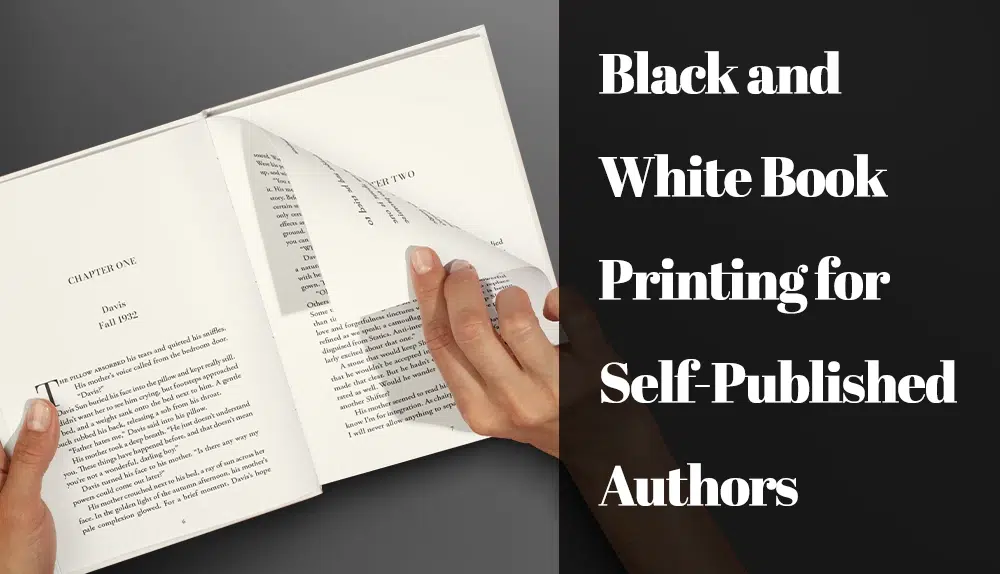
Book Printed by QinPrinting
Why print your book in black and white?
Are you considering printing your self-published book in black and white but unsure if it's the right choice for your project? While full-color printing can be appealing, monochrome printing often offers distinct advantages, from reduced costs and faster production times to environmental benefits and professional clarity.
Printing the interior of certain kinds of books in black and white is the norm. Think of novels, text books that don't need color in the illustrations and diagrams, instructions manuals, and workbooks, to name a few. But the option to print in black and white isn't just a matter of convention. If it's right for your project, black and white book printing can save you time and money, too, without any loss of quality in the finished product.
In this guide, we'll help you understand when and why black and white printing might be the best decision for your book, saving you money without compromising quality.
At a glance:
| Factor | Black and White Printing | Color Printing |
|---|---|---|
| Suitable Genres | Novels, manuals, textbooks, certain comics | Children's books, photo books, cookbooks |
| Environmental Impact | Lower resource use (ink, water, energy) | Higher resource consumption |
| File Preparation | Simpler, fewer technical requirements | More complex, requires color adjustments |
| Readability & Clarity | High readability, crisp contrast | Ideal for detailed illustrations or photos |
| Audience Expectations | Standard for novels, instruction manuals | Essential for visually driven content |
Important considerations for self-publishers
If you're self-publishing, you should consider several factors when deciding to print your book in black and white or in color. These factors touch on a number of important areas that are of particular importance to the independent author. Let's look at each in turn.
- Genre — while you may be tempted to save money by printing your entire manuscript in black and white, from a marketing and sales perspective, it's important to think about the expectations of your readers. As we've said, most novels — whether hardcover or paperback — are published with black and white interiors. But even then, you'll probably want to print a color book cover. Although, if it's appropriate to the theme and content of your novel, there's no reason why a smart designer shouldn't be able to create a beautiful, attractive black and white cover for your book. But remember that children's booksare almost always printed in color — particularly board books for infants and “bedtime story” style books for slightly older children. While so-called “chapter books” for middle grade readers may not need color, many are illustrated. But again, if you have a talented illustrator, well-drawn black and white illustrations can be charming and effective. If you're writing non-fiction, black and white is a good option so long as you don't have graphics, diagrams, tables, and so on which need, say, a color-coded key or colored charts in order to be understood. If all your diagrams and visuals can be easily read in black and white, it shouldn't be a problem. While color covers are obviously eye-catching, a clever black and white cover design could make your book stand out in a crowded market place. So, the choice between black and white covers and interiors isn't clear cut or based solely on budget considerations. Your market, content, style, and genre all feed into the decision that you make.
- Time — when you're self-publishing, you may want to turn around your print books faster than a mainstream publishing house might need to do. For example, in certain popular genres such as romance, thrillers, and urban fantasy, many successful authors like to publish a book a month, or every three months. The set-up time for offset and digital printing in black and white is less than for color, so your books can be printed and delivered to you much faster.
- Prepress — while many independent authors have an established relationship with a book designer who handles everything from sourcing the artwork to designing the interior layout and formatting to the cover, including the spine, the ISBN, and the barcode, just as many like to do everything themselves. Either way, to make sure that you get a high-quality book that meets both your and your readers' expectations, getting the digital files “print ready” is a complex business which requires specialized knowledge and careful collaboration with your printer. Black and white book printing makes preparing the print files easier as, for example, there's no need to convert the color space from RGB to CMYK or worry about bleed zones and so on.
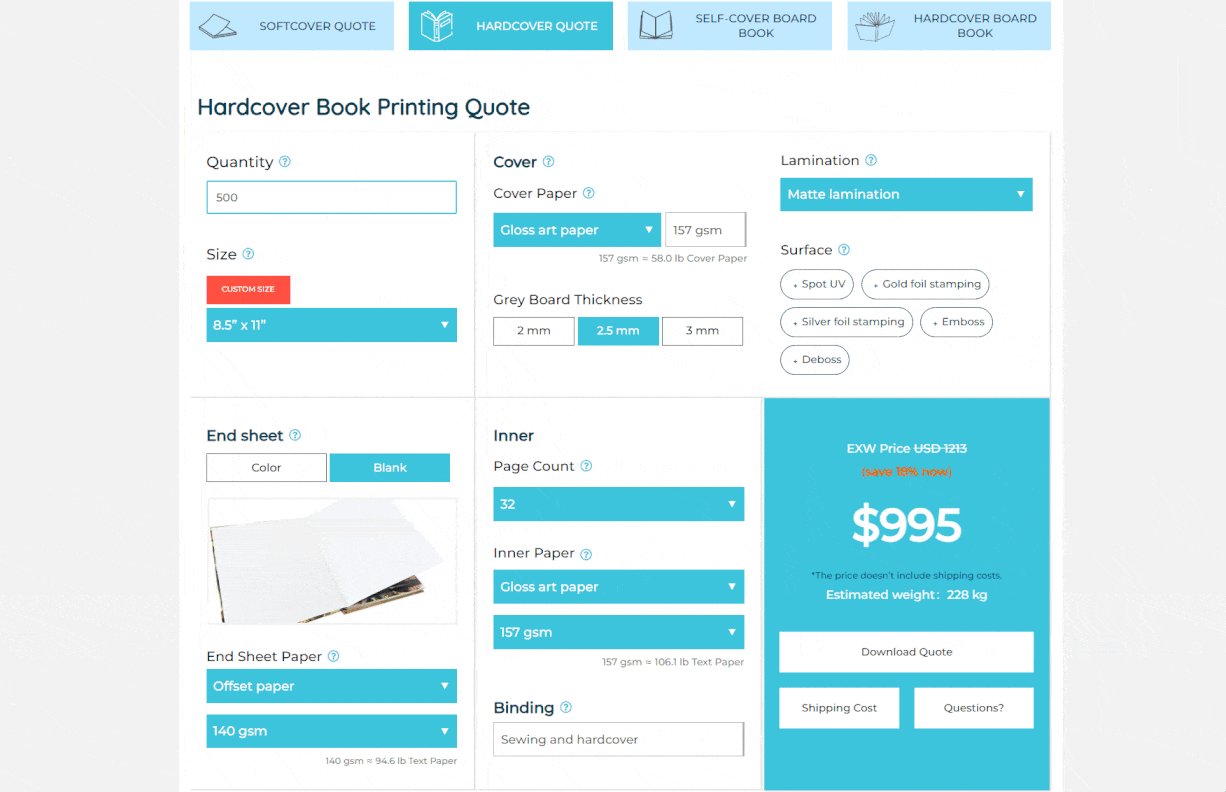
More about black and white book printing
So, we've looked at the most important factors to consider — especially as a self-publisher — when deciding to print a book in black and white. But other factors may also influence your decision. Let's look at those now.
Black and white books are better for the environment
When you print in black and white, you're saving on ink, press rolls, water, and energy. This makes black and white printing better for the environment as it has less impact than full color printing. Here at QinPrinting, we have a strong corporate commitment to making our business practices as sustainable as possible and reducing our environmental impact. That's why all our paper and card stocks come from FSC-certified sustainable forestry and we use exclusively vegetable-based inks which are harmless to the environment and the water supply.
Specialist book printing
Certain kinds of books must be printed in black and white. So, for example, if you're producing a coloring book either for adults or for children. You may also publish crossword collections, comics, cartoons, and more. All of these can be published in black and white. While full color comics are popular, some of the most famous and enduring comics — including anime and manga — are almost always printed in black and white.
What's the difference between black and white, grayscale, and monochrome printing?
Black and white, grayscale, and monochrome all mean the same thing. There's no real difference between them. It just comes down to the fact that they all use solely natural black ink. So, for example, in a color run, the “black” might actually be composed of inks from the color space to create a black effect; whereas in a true black and white, grayscale, or monochrome print run, only true black ink is used. This gives the text and any illustrations a lovely clear, bright quality which is easy to read and looks very professional. But printing your book in black and white doesn't mean that everything has to be in stark pure black vs pure white contrast. As the term grayscale suggests, illustrations, for example, can be “shaded” in various degrees of black through gray to white. All that changes is the amount of ink applied in a given area.
When color is best
While we've been focusing on the possibilities and advantages of black and white book printing in this post, it would be misleading to suggest that it is the best option for all your self-publishing print projects, even if you're trying to save time and money. For example, while black and white photo books are effective, a coffee table book based on your photographs of the seasons would lose its impact if it was printed in black and white: you'd want your readers to see the rich russets and yellows of the autumn forest, the delicate hues of spring flowers, the vibrant green of the summer meadows, and the purple heather glowing against the slate-gray skies of winter. Also, children's books for the age range from infants up to, say, seven years old need color pages to capture and keep the kids' attention while they are still learning to read. And in certain kinds of textbooks, science books, cookbooks, coffee table books, and nature books, color printing is essential.
How to choose black and white or color printing
In the end, choosing black and white book printing or color book printing is a personal choice. You'll need to weigh up the artistic, budgetary, practical, and market factors with care to help you make the right decision. But remember that aside from the cover—which is printed separately to the rest of the book in most cases — even if you have only a few spots of color or one- or two-colored illustrations and diagrams in your book, the cost if you choose a print-on-demand (POD) service or go with digital printing will be as expensive as if you'd printed the whole book in color! Why? Because POD printers use the color machine for all the pages. So, always choose an offset printer if there's any color in your interior, as by printing the black and white and color elements on separate machines and then collating the pages afterwards, we can save you a lot of money.
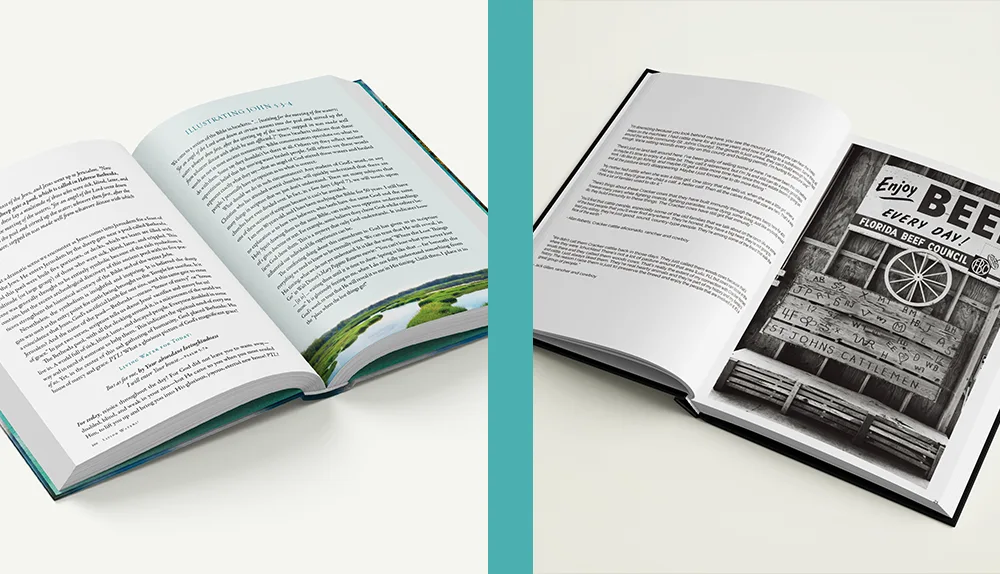
Book Printed by QinPrinting
FAQs
1. Can a black and white book still have a color cover?
Absolutely! Most black and white books have full-color covers to attract readers, combining cost-effectiveness with visual appeal.
2. Does printing in black and white reduce print quality?
No, black and white printing can offer excellent clarity, sharpness, and readability, particularly suitable for text-heavy or illustrative books.
3. Can grayscale images still look professional in a book?
Yes, grayscale images can be highly professional and visually appealing, offering depth and shading without the costs of full color.
4. What types of paper work best for black and white printing?
Most standard book papers work well, but smoother, brighter paper often enhances readability and gives a cleaner, crisper finish.
5. Is black and white printing suitable for illustrated children's books?
It can be suitable for older children's chapter books with line drawings, but younger children's picture books typically benefit more from full-color illustrations.
Talk to us. We can help!
Self-publishing can be a complicated and challenging process with dozens of decisions to make along the way. We hope that this post has helped you to think through the possibilities of black and white book printing. But if there's anything else you'd like to ask — perhaps for a print project we haven't covered specifically in this post — or for any other reason, please get in touch. We're an expert team with 25 years and more of experience in the industry. We'd be happy to answer all your printing-related questions and we can give you a no-obligation quote for your project on request. Shoot us an email at [email protected] or call us at +1 951 866 3971, and we'll be delighted to discuss your needs. Talk to us — we're here to help!

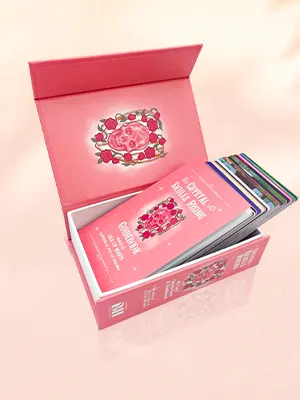
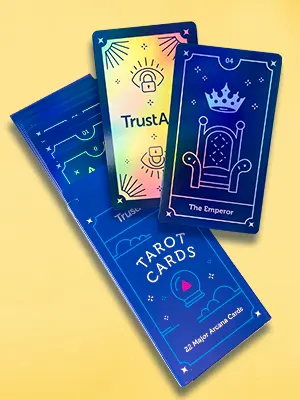

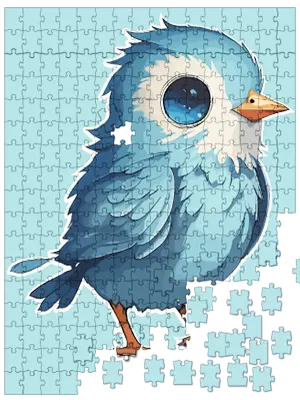
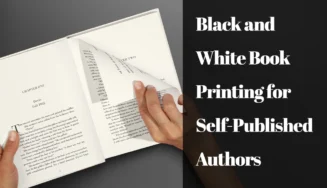


Does your company offer monochrome book printing services?
Hi William,
Yes. We do monochrome book printing services.
Our experts will contact you to discuss more details.
Thank you.